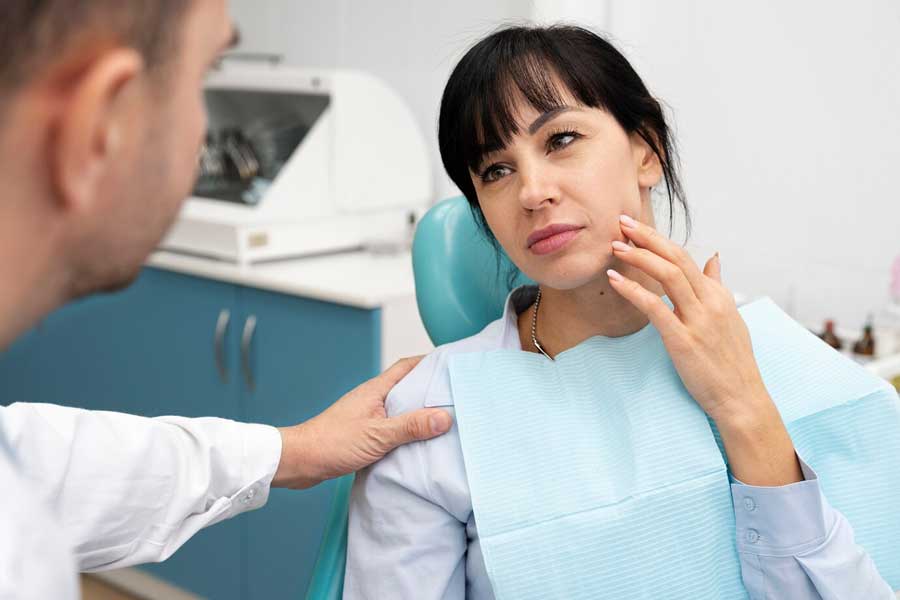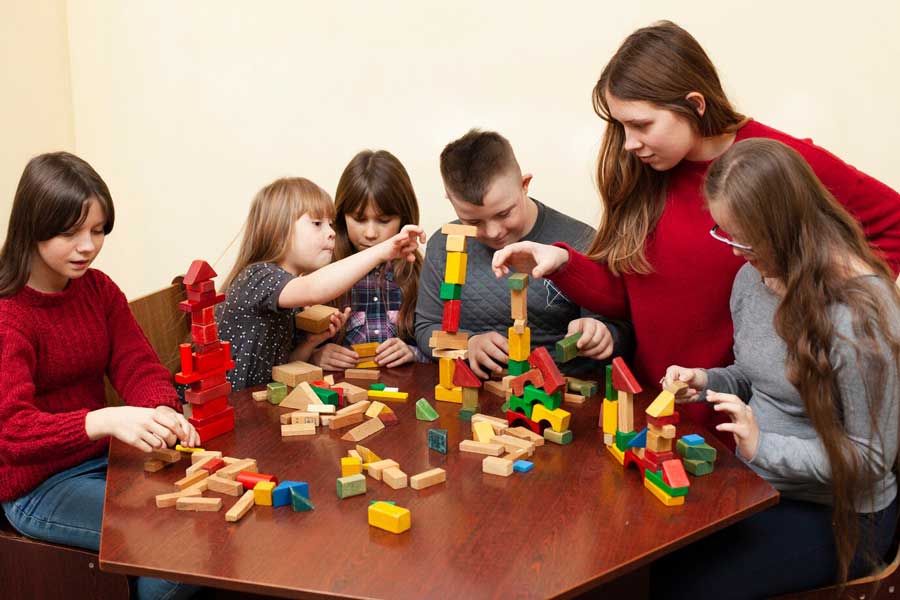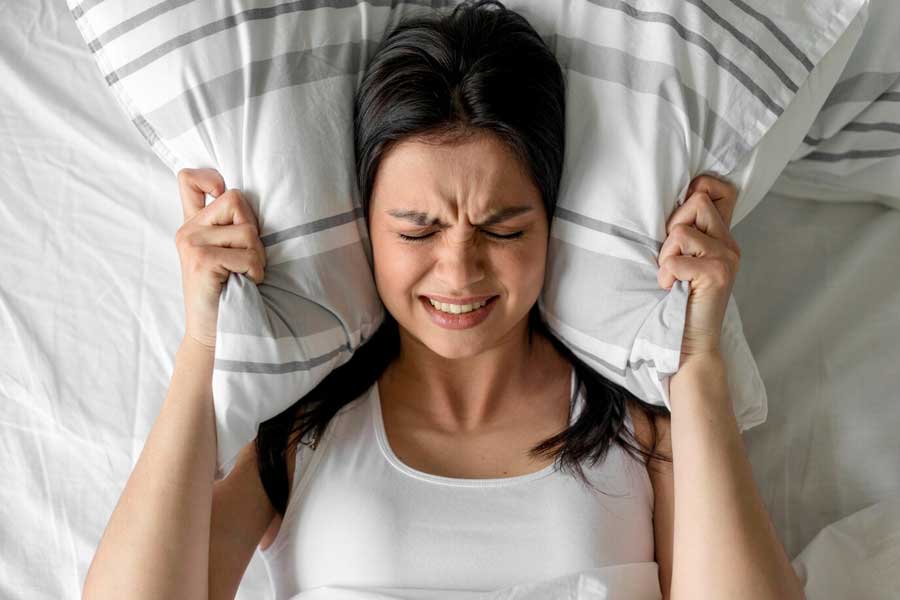Sleep, a seemingly simple act of rest, is a complex physiological process that is vital to our overall well-being. However, for many, the journey to a peaceful night’s sleep is fraught with difficulties. Sleep disorders are remarkably common and often misunderstood, affecting millions of individuals worldwide. In this comprehensive guide, we will delve into the intricate world of sleep disorders, from recognizing the signs and symptoms to diagnosing and effectively treating them. This comprehensive guide is your roadmap to better sleep and a healthier, more fulfilling life.
Understanding Sleep and Its Importance
Before we embark on our exploration of sleep disorders, it’s crucial to grasp the fundamentals of sleep itself and the role it plays in our lives.
What is Sleep?
Sleep is a naturally recurring state in which the mind and body undergo restorative and rejuvenating processes. It is characterized by reduced sensory awareness and a decrease in most bodily functions. Sleep is essential for various physiological and psychological functions, including memory consolidation, immune system support, and overall well-being.
The Sleep Cycle
Sleep is not a monolithic state but rather a dynamic process comprised of different sleep cycles. The two primary categories are rapid eye movement (REM) sleep and non-rapid eye movement (NREM) sleep. A complete sleep cycle typically consists of NREM followed by REM sleep, with each cycle lasting approximately 90 minutes.
The Prevalence of Sleep Disorders
While sleep is a universal need, not everyone experiences it the same way. Sleep disorders are disturbances in the normal sleep pattern that can significantly impact the quality of sleep and overall health. These disorders are more common than one might think. It is estimated that over 70 million Americans suffer from some form of sleep disorder.
Recognizing the Signs and Symptoms of Sleep Disorders
Understanding sleep disorders begins with recognizing the signs and symptoms. These can manifest in various ways and are often grouped into different categories.
**1. *Insomnia***
Insomnia is characterized by difficulty falling asleep or staying asleep, or experiencing non-restorative sleep. Symptoms may include:
- Difficulty initiating or maintaining sleep.
- Waking up too early and not being able to fall back asleep.
- Daytime fatigue and irritability.
**2. *Sleep Apnea***
Sleep apnea is a condition where a person’s breathing is repeatedly interrupted during sleep. Common symptoms include:
- Loud snoring.
- Gasping or choking during sleep.
- Excessive daytime sleepiness.
**3. *Narcolepsy***
Narcolepsy is a neurological disorder characterized by excessive daytime sleepiness and a tendency to suddenly fall asleep. Symptoms include:
- Sudden episodes of sleep attacks.
- Cataplexy (sudden muscle weakness triggered by emotions).
**4. *Restless Legs Syndrome (RLS)***
Restless Legs Syndrome is a disorder that leads to an irresistible urge to move the legs. Symptoms include:
- Uncomfortable sensations in the legs, often described as creeping or tingling.
- These sensations worsen at rest and are relieved by movement.
**5. *Parasomnias***
Parasomnias encompass a range of abnormal behaviors or experiences during sleep. These can include sleepwalking, night terrors, and sleep-related eating disorders.
**6. *Circadian Rhythm Disorders***
Circadian rhythm disorders involve disruptions in the body’s natural sleep-wake cycle. This can result in difficulty falling asleep at the desired time or staying awake during the day.
**7. *Hypersomnia***
Hypersomnia refers to excessive daytime sleepiness, which is not alleviated by nighttime sleep. It can lead to prolonged, unrefreshing naps during the day.
Diagnosing Sleep Disorders
Recognizing the signs and symptoms is the first step, but an accurate diagnosis is essential to effectively treat sleep disorders. This typically involves a combination of methods, including:
**1. *Clinical Evaluation***
A thorough clinical evaluation by a healthcare provider is often the starting point. This may include a detailed medical history and a discussion of sleep patterns and symptoms.
**2. *Sleep Diary***
Keeping a sleep diary is a valuable tool for both individuals and healthcare providers. It helps track sleep patterns and any recurring issues.
**3. *Polysomnography***
Polysomnography is a comprehensive sleep study conducted in a sleep clinic. It involves monitoring various parameters, including brain activity, eye movements, heart rate, and breathing, to diagnose sleep disorders.
**4. *Home Sleep Apnea Test (HSAT)***
For the diagnosis of sleep apnea, a home sleep apnea test may be conducted. It involves the use of a portable monitoring device that records vital signs during sleep.
**5. *Actigraphy***
Actigraphy is a non-invasive method that utilizes a wrist-worn device to monitor sleep-wake patterns. It is particularly useful for tracking circadian rhythm disorders.
**6. *Multiple Sleep Latency Test (MSLT)***
The Multiple Sleep Latency Test measures how quickly a person falls asleep during the day. It is often used to diagnose narcolepsy.
**7. *Genetic Testing***
In some cases, genetic testing may be conducted to identify specific genetic factors related to sleep disorders.
Treatment and Management of Sleep Disorders
Once a sleep disorder is diagnosed, the next step is to explore treatment options. The approach to treatment varies depending on the specific disorder and its severity.
**1. *Behavioral and Lifestyle Changes***
In many cases, simple behavioral and lifestyle changes can significantly improve sleep quality. This may include:
- Establishing a regular sleep schedule.
- Creating a comfortable sleep environment.
- Limiting caffeine and alcohol intake, especially before bedtime.
- Increasing physical activity.
**2. *Cognitive Behavioral Therapy (CBT)***
Cognitive Behavioral Therapy is an effective treatment for insomnia. It focuses on changing thoughts and behaviors that may be contributing to sleep problems.
**3. *Medications***
Medications are often prescribed for various sleep disorders. For example, hypnotics can help with insomnia, while continuous positive airway pressure (CPAP) devices are used to treat sleep apnea.
**4. *Surgical Interventions***
In some cases, surgical interventions may be necessary. This can include procedures to address anatomical issues in sleep apnea, such as tonsillectomy and adenoidectomy.
**5. *Continuous Positive Airway Pressure (CPAP)***
CPAP therapy is a common treatment for sleep apnea. It involves the use of a machine that delivers a continuous flow of air to keep the airways open during sleep.
The Future of Sleep Disorder Management
As our understanding of sleep disorders deepens, so do the treatment options. The future of sleep disorder management holds promise in several areas:
**1. *Precision Medicine***
The field of precision medicine may lead to more individualized treatments for sleep disorders. By tailoring therapies to a person’s unique genetic and physiological profile, treatment efficacy can be maximized.
**2. *Pharmacogenomics***
Pharmac
ogenomics, which examines the influence of genetics on a person’s response to medications, may lead to more effective and personalized drug treatments for sleep disorders.
**3. *Digital Health Solutions***
Advancements in technology and wearable devices are providing new ways to monitor and manage sleep disorders. From smart sleep trackers to mobile apps, these digital health solutions empower individuals to take control of their sleep.
**4. *Neurostimulation***
Emerging techniques, such as transcranial magnetic stimulation (TMS), are being explored for their potential in treating sleep disorders by modulating brain activity.
Conclusion: Embracing a Better Night’s Sleep
In the grand tapestry of our lives, sleep is a thread that binds our well-being. Recognizing, diagnosing, and treating sleep disorders is a journey towards not just better rest but also improved health and quality of life. It is a journey that may require patience, collaboration with healthcare providers, and the willingness to embrace change.
As science and medicine continue to unveil the mysteries of sleep, the future holds promise for better treatments, improved diagnostics, and a deeper understanding of sleep disorders. In the quest for restful nights and energized days, let us embark on this journey with open eyes and a commitment to a better night’s sleep.








